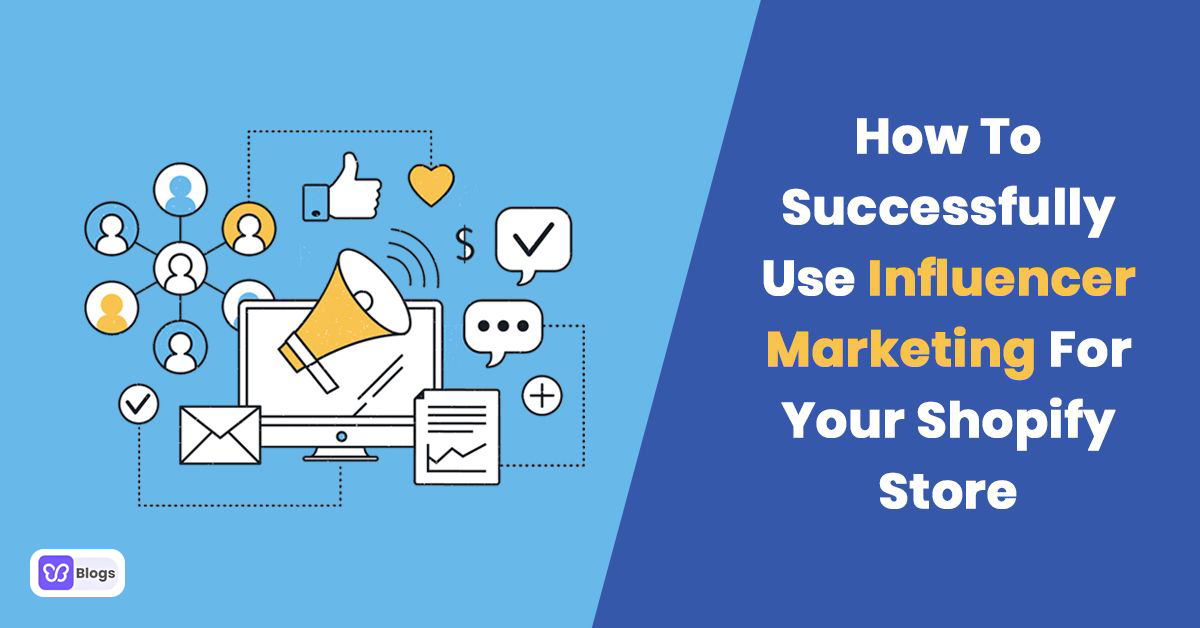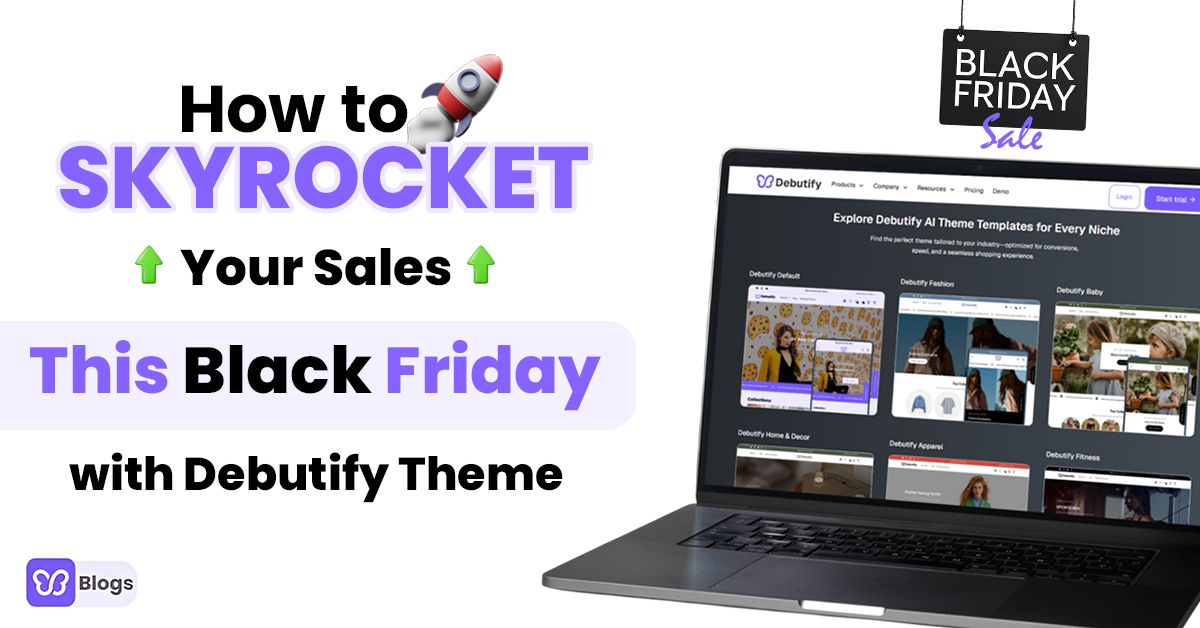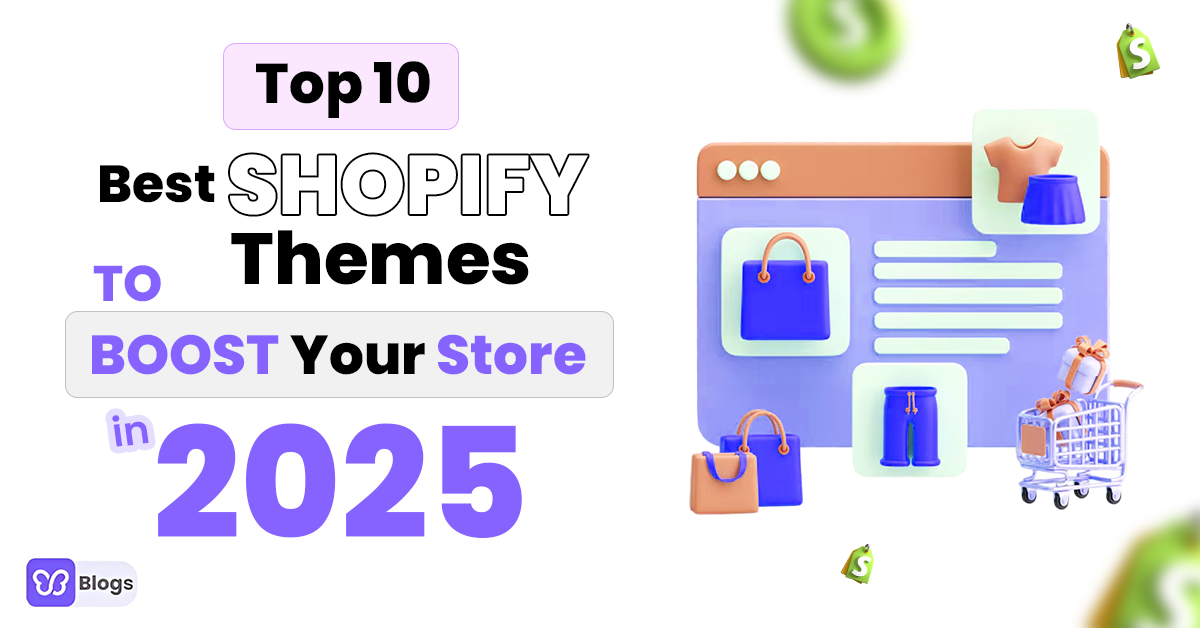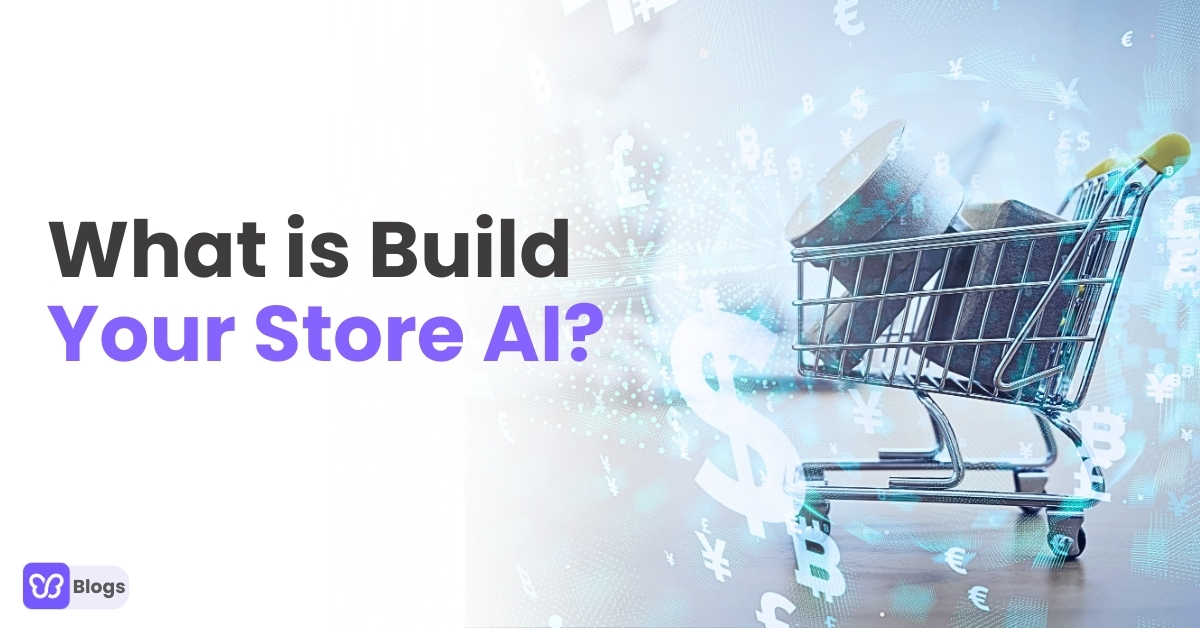Influencer marketing has matured into a revenue-driving powerhouse in 2025, with global brand spend surging to $32.55 billion, driven by AI tools, a stronger focus on ROI, and a shift toward micro- and mid-tier creators offering the best engagement-to-cost ratio.
Gone are the days of chasing followers. Today’s strategy demands authenticity, measurable impact, and smart targeting—especially for Shopify stores looking to cut through the noise.
The advantages of influencer marketing compared to using advertisements (ads) are quite compelling for any company looking to expand its brand awareness and lead conversion ratios.
No Revenue Lost To Ad Blocking
The digital ad landscape will have changed dramatically by 2026. With AI-powered personalization and stricter privacy regulations, more users than ever are taking control of what they see online. Ad blockers are now built directly into many browsers and mobile devices, with global usage projected to surpass 1 billion active users this year. That means billions in potential ad spend never even reaches its intended audience.
Influencer marketing cuts through this wall. Unlike traditional banner or video ads that can be muted, skipped, or blocked, influencer content is consumed intentionally. Creators aren’t just pushing ads — they’re telling stories, demonstrating products in context, and building trust with their communities. This makes influencer-driven campaigns far more resilient against ad-blocking trends, often generating a higher ROI and stronger brand engagement than traditional paid ads.
Higher Engagement Than Ads
Following on the heels of blocked ads, even those who make it through blocking filters can suffer from low engagement figures due to the lack of connection with the audience.
Influencers, on the other hand, tend to have consistent likes, follows, and click-backs on their affiliated links and content creating large engagement metrics.
Transfer Of Trust And Meaning From Influencer To A Brand
The core power of influencer marketing in 2025 lies in meaning transfer — the process where the social value, lifestyle, and credibility of an influencer rub off onto the brand they partner with. When a creator endorses a product, their audience often feels a stronger emotional connection to that brand, almost as if buying the product brings them closer to the influencer’s world.
This effect is stronger than ever today. You only need to look at how Nike continues to build on the legacy of Michael Jordan, with the Jordan brand now representing a multi-billion-dollar cultural movement. In the same way, modern creators are launching co-branded lines on Shopify and TikTok Shop that sell out in hours because of the trust transfer from influencer to product.
Recent research shows this is no longer just anecdotal. In 2024, Edelman’s Trust Barometer revealed that 63% of Gen Z and Millennials trust creators more than traditional ads or even celebrity endorsements. Audiences are hyper-aware when something feels like an ad, but when the message is delivered by someone they follow daily, the trust barrier drops dramatically. This shift makes influencer marketing one of the most reliable ways to build lasting brand loyalty in 2025.
Types Of Digital Influencers
Macro-influencers
These are creators with large audiences, usually 100,000+ followers. Their engagement rates tend to sit around 1% or slightly higher, which is considered strong given their reach. Macro-influencers are ideal for brands that want to build broad awareness across diverse audiences. On some platforms, the “macro” threshold is even higher, meaning a brand may need to look for accounts with several hundred thousand followers to get the same effect.
Micro-influencers
Micro-influencers typically have 5,000 to 50,000 followers. While their reach is smaller, their engagement rates can hit 8% or more, far exceeding larger accounts. This is because they are usually deeply rooted in a specific niche and have built strong trust with their community. Their followers often engage in real conversations in comments and DMs, making their recommendations feel more authentic.
For brands focused on high-quality leads and loyal customers, micro-influencers often outperform larger creators. Their smaller but highly engaged audiences are more likely to convert into paying customers and repeat buyers.
Leverage Influencer Marketing For Your Shopify Store
When done right, influencer marketing has proven potential to increase the engagement and sales conversion for a brand, and when done wrong it totally tanks it. Here is an overview of how to do it right.
Define Your Influencer Marketing Strategy
The first step is always beating out what your specific goals are for the business depending on the product type and intended audience.
Brand awareness, audience reach, and lead conversion goals help to define the scope and budget available to spend on influence marketing. With these in mind, the list of required influencers can be narrowed down easily.
Finally, create a key performance indicator (KPI) analytics plan so that you can identify your customers’ place in the decision journey (awareness, purchase, consideration, preference, or loyalty) for return on investment (ROI) assessment.
Invest In An Ambassador Program For Your Shopify Store
This is one of the most hassle-free ways to recruit influencers to market your product. It depends on enlisting people who are already using and enjoying your product to sign up for a program where they can earn a commission for marketing it on their social media channels.
Placing the ambassador program on the store's landing page will attract your current customers to the benefits they can share with the brand for promoting it. Such methods generate a loyal marketing team that is only paid when results are achieved.
Identify The Right Influencers For Your Product
Leveraging the search engine optimization techniques used by influencers for visibility can ease the effort of finding those with niche interests that align with your brand.
This can be done manually using keyword lookups in search engines such as Google and Bing or automating through web scraping software. However, these influencers still need vetting through personalized contacts such as phone calls or email.
Key metrics to look out for include engagement of >1% and social media messaging that is consistent in style and tone with your brand.
Use Influencer Marketplaces To Find A Niche Fit
In cases where there is minimal expertise in searching and vetting influencers, brands can go to marketplaces. Here, influencers are aggregated by follower and engagement metrics as well as product niches.
The variety available means you need a clear strategy to select the right influencers. Platforms like Shoutcart provide only shout-outs or one-time social media posts about your brand.
On the other hand, Whalar is a mature influencer marketplace that will help your Shopify store generate organic user-generated content (UGC) through your influencer of choice. Remember to cross-post the social media campaign to your store to increase conversion through social proof.
Generate The Right Content For Awareness And Conversion
Having selected the right influencers for the job, negotiate and agree on content with the following criteria in mind. The brand story of your Shopify store should be clearly represented in the campaign so that there is transparency and a certain ‘wow’ for the audience that will engage with the posts.
A brand story that shows shared ideas with the target audience helps give a product some background and grounding so that content consumers feel more attached to it. The interests of the influencer’s audience will heavily affect your sales conversions from a campaign.
It is therefore very important to identify the niche fit with the influencer who is likely to have a mix of audiences who follow and engage them. The campaign should be targeted at the largest group possible through content curation.
The influencer's perspective and content medium should be compatible with the brand message as well as the product your Shopify store is trying to push. This can be a long-form video on YouTube for reviewing the product experience or lifestyle photos on Instagram with fun filters.
Capture The Spillover Value Of A Campaign
After an influencer campaign is over, there is usually a lot of UGC that can be collected and reposted over time to maintain engagement with the brand. Additionally, this content can be repackaged in ads and reviews if permission is granted by the original creators.
Use Analytics To Maximize Milestones
It is all well and good to find the right influencer whose campaign will generate high-quality leads for your ecommerce store. However, at the end of the day, you still need to optimize your strategy so that you maximize your return on investment.
For example, Instagram posts for micro-influencers typically cost around $250 while those of macro-influencers cost around $750. How can you justify the cost?
Metrics To Measure To Determine ROI
Post engagement and Cost Per Engagement (CPE) are essential metrics to track if you want to know what value the influencer is delivering to your brand.
Engagement is basically how much a post is viewed, liked, and shared on a social media platform. After paying an influencer for a shout-out or to run a campaign, CPE will help you determine whether it is a worthy investment.
Click-through Rate (CTR) is the next metric after CPE that you must track as it tells you how many people actually followed the link back to your Shopify store.
This can be done by creating a tracked link that will tell you the origin of the site visitor. Conversions or Sales are the most important metric because this is where you are actually generating revenue.
Following the tracked links helps you calculate how many conversions came from your influencer marketing campaign or shout-outs.
Tools To Help Measure The Value Of An Influencer Campaign
Google and Facebook analytics are invaluable tools for tracking influencer metrics within the YouTube and Facebook/Instagram platforms. The total engagement, likes, and shares can be easily tracked through internal analytics platforms.
The sites additionally provide plugins that can be copied into your Shopify store’s backend code to track CTR and thus CPE. Hyperauditor provides 3rd Party (unbiased) influencer metrics on millions of indexed Instagram profiles, where it generates AI-driven reports on the potential earnings from engaging a particular influencer based on their profile history.
It uses a unique pay-as-you-go model where users buy tokens that they spend on influencer reports. SYLO applies private and proprietary algorithms to aggregated public social media data from Twitter, YouTube, Facebook, and Instagram to generate what they call the SYLO score.
This metric can be used by businesses to gauge the potential ROI of working with different influencers across the mentioned platforms.




